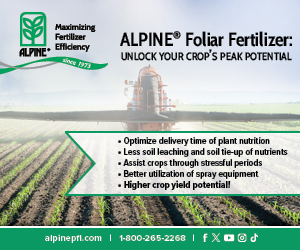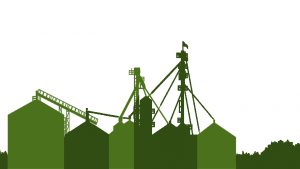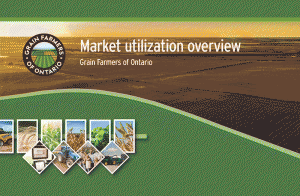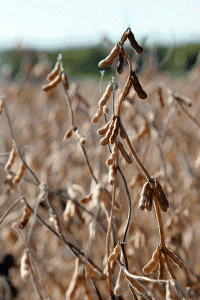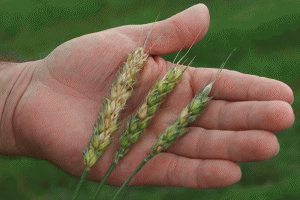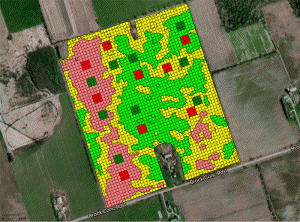Cropside: Sustaining SOM
AGRONOMIC INFORMATION FROM ONTARIO'S CROP SPECIALISTS

SOIL ORGANIC MATTER (SOM) levels are decreasing in Ontario; something we all intuitively know, but since the decline occurs so slowly, it is easy to ignore. The decline is in part due to less complex crop rotations, excessive tillage, and less livestock and manure returned to the soil. SGS Agri-Food Labs compiled the soil organic matter from all the soil samples processed by their lab (by county, by year) from 2002 to 2014 to gauge the change over a decade. The soil samples reflect all types of farms, including cash crop, livestock, and horticulture, and includes light to heavy textured soils where soil organic matters can vary drastically. The results are shown in Figure 1 for all Ontario counties compared to eight counties in southwestern Ontario.
For both scenarios, there is a declining trend, but not surprising, a steeper decline in southwestern Ontario counties. An average organic matter level in 2002 of about 4.3% has declined to about 3.5% in 2014. This change of 0.8% represents about 16,000 lbs/ac less organic matter in the topsoil layer, and a significant decrease in water holding capacity and reduced resilience against water runoff and erosion.
SOM levels took several generations to drop to current levels, and will take time to re-build. Even a 0.1% increase can lead to substantial soil health improvements. Any or all of the following practices will help increase SOM.
• Longer rotations that include small grains, or forages
• Cover crops/winter cover
• Addition of manure or organic amendments
• Increased residue cover using reduced tillage practices
Adding manure or compost as a stand-alone practice will help maintain or increase organic matter but will take time. Different types of manure with varying compositions are calculated at a rate to apply nutrients to meet a three-year crop rotation or at a rate to increase soil organic matter by one per cent. In most cases, the rates to make a significant difference in SOM will result in too high a nutrient loading to the soil. Manure types with a high carbon to nitrogen (C:N) ratio, (e.g., with high bedding) will result in the highest organic matter contribution.
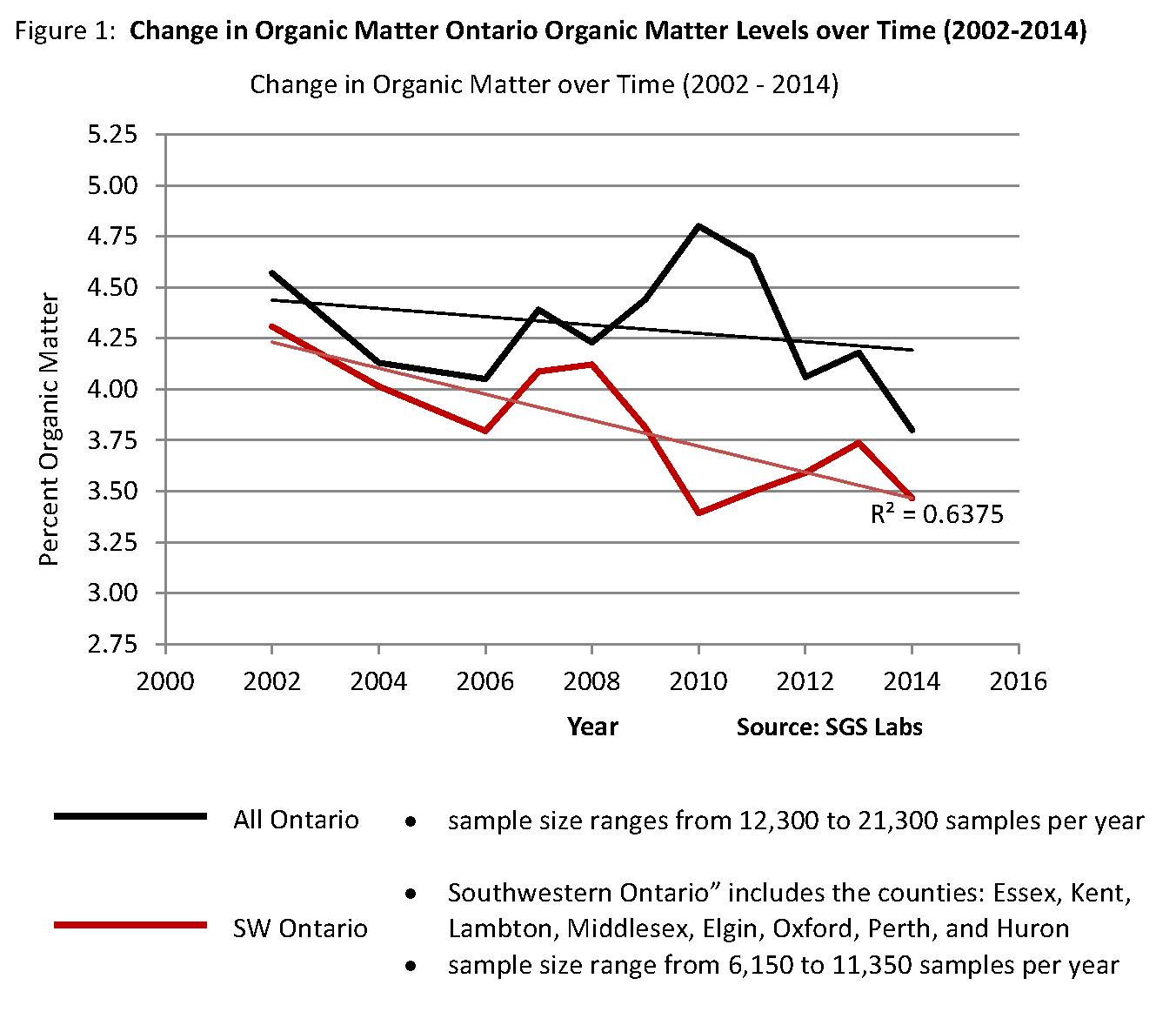
Combined practices will provide synergies in SOM improvements. Adding manure combined with a cover crop or crop residue can increase the carbon added to the soil.
A corn yield near 150 bu/ac and wheat yields of approximately 90 bu/ac (straw or red clover) can return enough residue to maintain SOM. However, for a soybean crop (with yields of over 150 bu/ac) it is impossible to return adequate crop residue to maintain SOM levels without a combination of cover crops, or a more complex crop rotation, or the addition of organic amendments such as manure, biosolids, or compost.
Can your farm afford another decade of declining SOM levels? •


